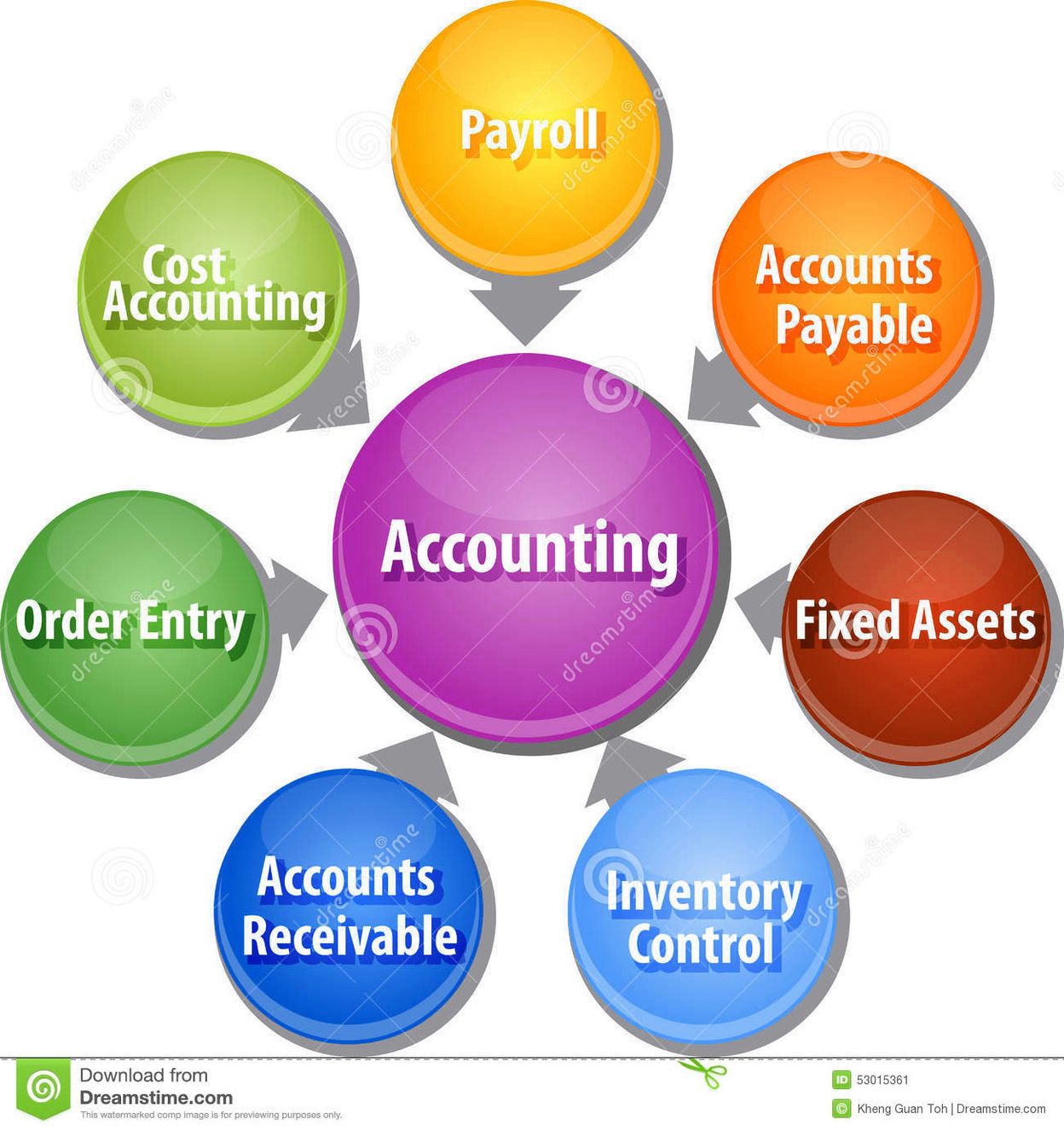
The three major elements of accounting are Assets, Liabilities, and Capital. These terms are used widely in accounting. Let’s take a closer look at each element:
1. Assets: Assets refer to resources owned and controlled by the entity as a result of past transactions and events, from which future economic benefits are expected to flow to the entity. They can be classified as current or non-current assets. Examples of current asset accounts include cash and cash equivalents, receivables, inventories, and prepaid expenses. Non-current assets are long-term in nature and include long-term investments.
2. Liabilities: Liabilities are economic obligations or payables of the business. They represent claims against the assets of an entity arising from past transactions or events. Examples of liabilities include accounts payable, loans payable, and accrued expenses.
3. Capital: Also known as net assets or equity, capital refers to what is left to the owners after all liabilities are settled. It represents the residual interest in the assets of the entity after deducting liabilities.
These three elements form the foundation of accounting and help in understanding the financial position and performance of an entity.
